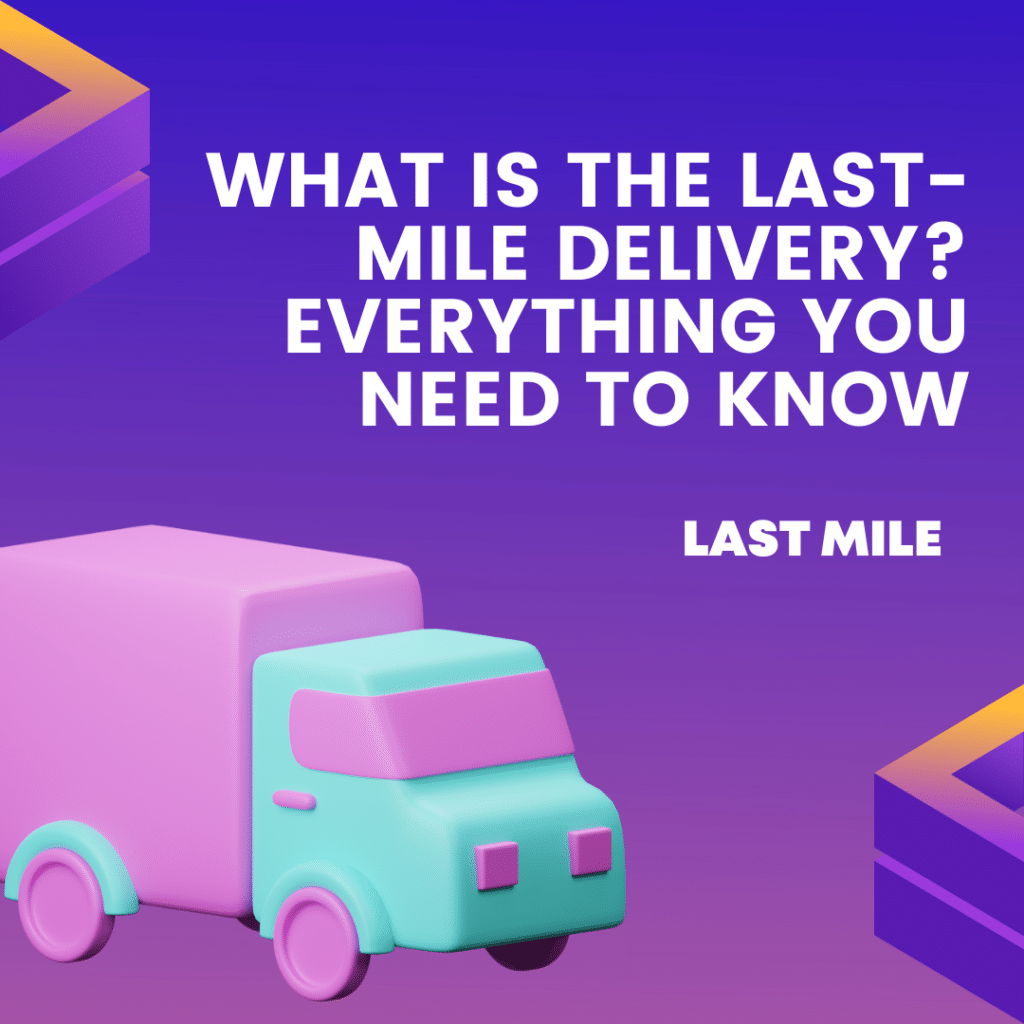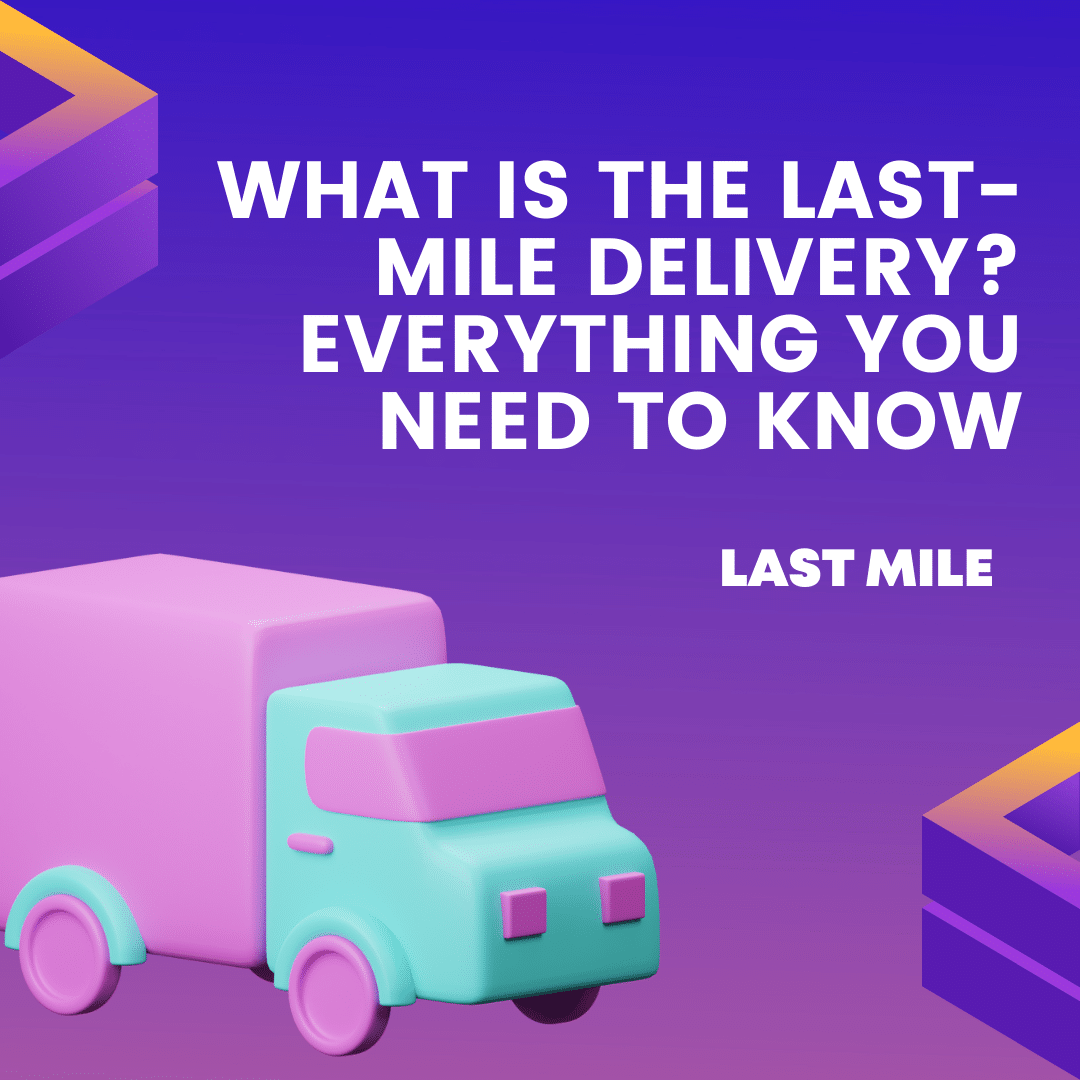What is the last mile delivery?

Today’s customer driven market is pushing retailers towards undertaking newer endeavors. Highly volatile consumer behavior, contactless deliveries, and online payments are playing a major role in highlighting the need for last-mile deliveries. The ever-complicated delivery process becomes more chaotic without a system in place.
Moreover, customers want end-to-end transparency of delivery in progress. They want to know where their order is, who is bringing it to them and when they will receive it.
Today customers prefer online shopping over physical shopping. Immediately, the absolute challenge for e-Commerce companies become quick deliveries to the customers. During the pandemic, online shopping gained much more popularity hence the online retailers have to keep up to the speed. All, while maintaining the quality and quantity of product.
What is the Last Mile Delivery?
The last mile is the final part and last leg of the supply chain. In simple words, last Mile delivery is the movement of goods from the warehouse to the customer’s destination. Last Mile delivery promises its customers to deliver the order as quickly as possible while minimizing the mobility cost. The final movement from warehouse to the customer door step is the most critical job. Last-mile must be well supervised and managed for fast and safe deliveries.
How does this model work?
Once the customer places an online order. The eCommerce service provider gets the prompt and accepts it. The next step, is to sent the order to centralized management system to confirm product availability. Upon confirming the mode of payment the order is dispatched . From here the Last Mile delivery begins. After collecting the product from the warehouse, the shipper will load it in a vehicle and deliver it to the predetermined hub. From the hub the delivery man collects the parcel and delivers it to the customers at his doorstep. It looks simple but in reality it is a very complicated process with many disconnected steps.
Challenges for Last Mile delivery:
Firstly the most important challenge the last Mile delivery faces is to deliver the product on the same day. People are willing to pay more for faster delivery. Keeping their expectation in mind. It is the biggest challenge for last Mile delivery considering limited time span. Due to various reasons like bad and ill management, inefficient routing, involvement of third parties, on-time deliveries are effected.
Supply chain architecture and all its components must be well-coordinated and managed, only then online deliveries can be achieved. For instance, the order management system not in sync with the logistic manager. It would become difficult to track and trace the exact location of the vehicle at a given time. This will cause a bundle of issues caused by ill management.
Last Mile delivery model and various others try the best to meet the demands of the customer at these challenging time. The pandemic disrupted existing models as well. Social distancing regulations changed the physical shopping trends totally. Instant gratification is the key to solving all these problems. The traditional processes that are dependent on manual methods fail to deliver customer expectations and satisfaction as well.
Customers choice towards shopping have highly changed by preferring online shopping rather than physical. The shipping journey now goes through 3rd party transportation involving door-to-door deliveries. It increases environmental problems to a very great extent, due to carbon emission and fuel consumption. Therefore businesses need to implement a plan to adopt the best practices to reduce this by efficiently managing deliveries.
Read Also: What Is Hyperlocal Marketplace Model And How Does It Works?
Conclusion:
The last-mile business model came to attention rather quickly in the last few years, especially in 2020. As technology is evolving day by day making our lives easier, this evolution does the same to us. Consumer behavior as a whole has changed tremendously. Everybody wants to have their parcels as soon as possible on the same day, or on-demand. Customer satisfaction is the main key goal of every business model. It’s a common saying that one satisfied customer could bring 100 more. In order to stay ahead of the curve or to highlight among all of our competitors, the last Mile business model needs to fulfill customers’ expectations & we have to improve some aspects.

